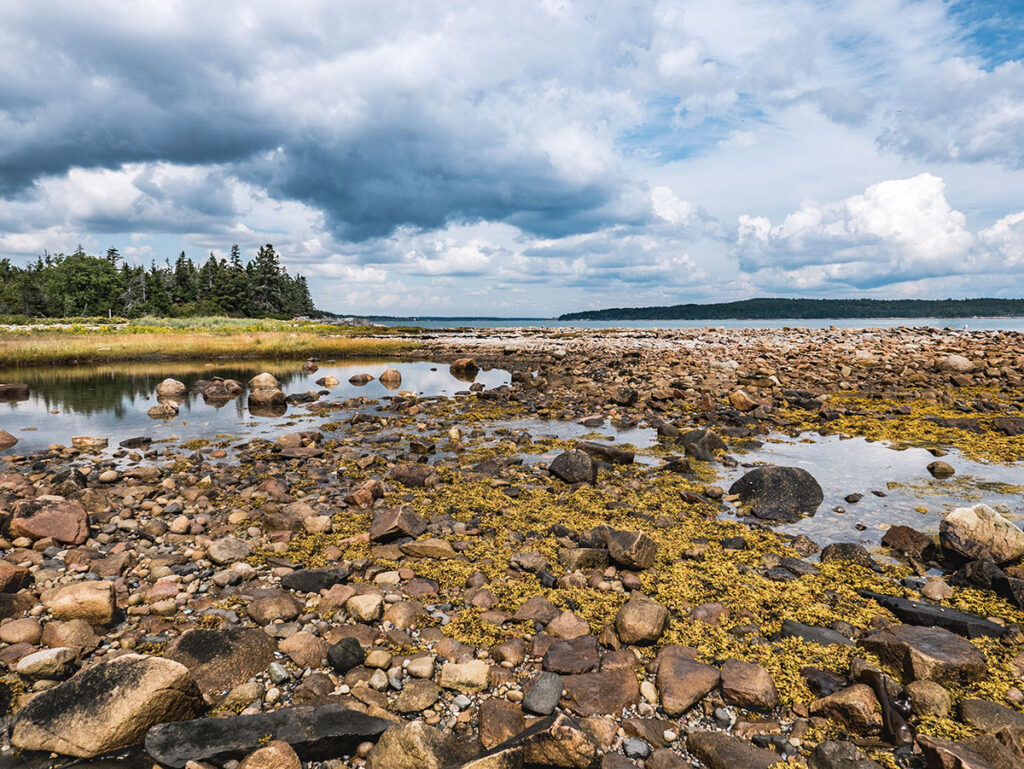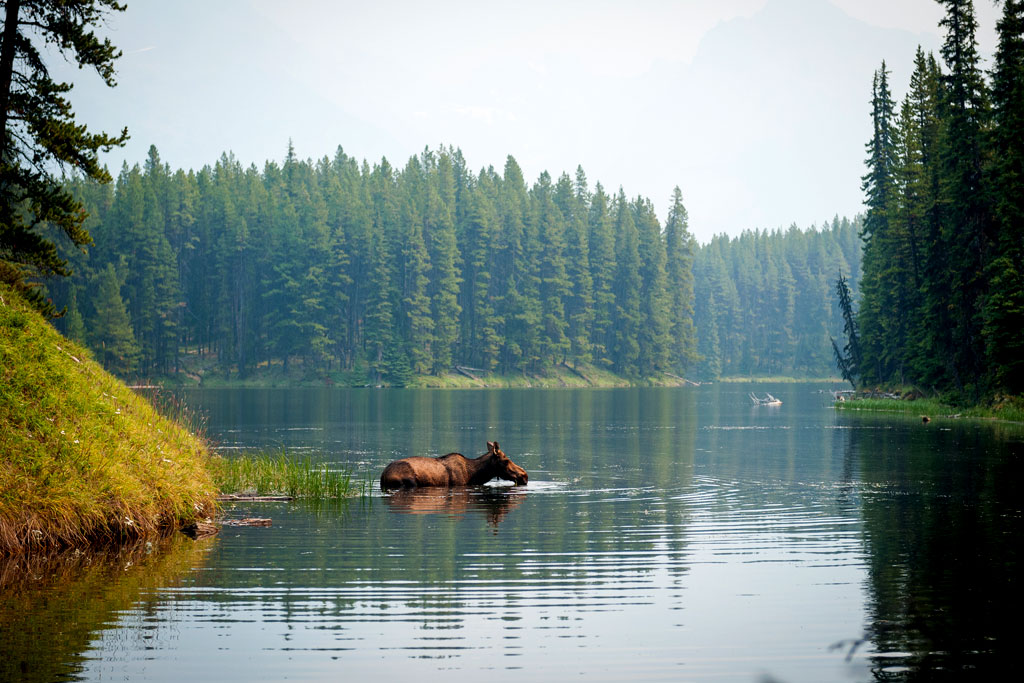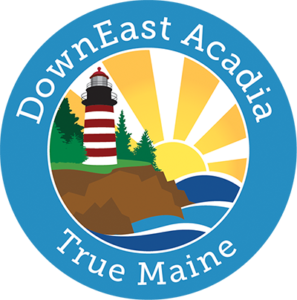Wildlife Refuges
Discover a variety of outdoor activities that offer visitors the chance to reconnect with the natural surroundings.

DownEast Acadia is home to four National Wildlife Refuges that offer visitors the chance to observe a wide variety of wildlife in various and diverse habitats. The National Wildlife Refuge System, managed by U.S. Fish and Wildlife, serves a purpose distinct from that of other U.S. public lands: Wildlife conservation drives everything on national wildlife refuges, from the purposes for which each refuge was established to the recreational activities offered, to the resource management tools used.
The Refuge contains more than 61 offshore islands and four coastal parcels, totaling over 8,200 acres. Stretching more than 250 miles of Maine coastline and includes five national wildlife refuges — Petit Manan, Cross Island, Franklin Island, Seal Island, and Pond Island. Two of the five Coastal Island Refuges, Petit Manan and Cross Island, are found in DownEast Acadia. These Refuge islands provide habitat for common, Arctic, and endangered roseate terns; Atlantic puffins; razorbills; black guillemots; Leach’s storm-petrels; herring, greater black-backed, and laughing gulls; double-crested and great cormorants; and common eiders.
Cross Island National Wildlife Refuge
Located 10 miles southeast of Machias, Cross Island National Wildlife Refuge includes six islands: Cross, Scotch, Outer Double Head Shot, Inner Double Head Shot, Mink, Old Man Islands. They encompass 1,700 acres of the Cutler Coast.
Petit Manan National Wildlife Refuge
The Refuge’s four mainland properties, filled with spruce-fir forests with some mixed hardwoods characterize upland areas, are located in Hancock and Washington Counties.
Petit Manan includes 2,150 acres on 49 islands, stretching the entire coastline of Maine. Varying in size, some of the islands are forested with mature stands of balsam fir and red spruce and support active bald eagle nests. The majority of the islands are primarily open herbaceous habitats that provide valuable nesting habitats for various seabirds.


Established in 1937, the refuge is a breeding ground for migratory birds, endangered species, and other wildlife. Named for Moosehorn Stream, a waterway within its boundaries, it consists of 28,800 acres in the communities of Baring and Edmunds featuring:
- Sub-boreal and northern hardwood forests
- Grasslands and blueberry fields
- Freshwater marshes and ponds
- Rocky marine coastline
Over 50 miles of dirt roads are closed to vehicles and available for hiking, biking, cross-country skiing, and snowshoeing, including three self-guided interpretive trails. Many refuge streams are open to fishing and canoeing, but no motorized boating.
Visitor Resources: Maine Coastal Islands Wildlife Refuge | Moosehorn National Wildlife Refuge
Planning Tools
To help you plan your trip we provide information on drive time and distances to and around the region. Plus info on other commercial transportation options.
Once you arrive in DownEast Acadia, you will want to access local sources of visitor information, state laws, recreation rules, and road conditions.
To help you pack or plan your day, check out the current weather in the region or learn about year-round averages of temperature and precipitation.


